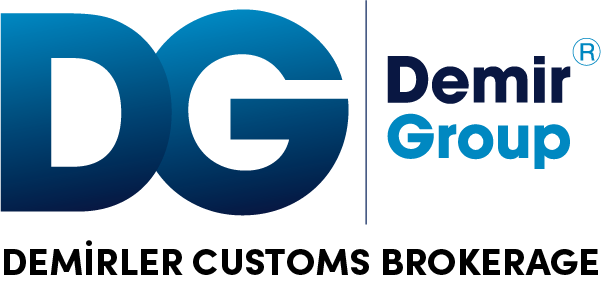CUSTOMER
PANEL
Demirler Custom Brokerage
PAYMENT METHODS
Payment Methods in International Trade
There are different types of payments used in international trade, depending on the degree of trust between the importer and the exporter, and the risks undertaken by the parties. The following are the commonly used payment methods:
Advance Payment (Cash Payment / Advance Payment / Prepayment / Cash Before Delivery)
In this form of payment, the importer pays the cost of the goods to the exporter before the goods are shipped. The exporter does not assume any risk; All risk in this form of payment is on the importer due to the risks such as delay in the shipment, the goods not being suitable for the order.
Cash Against Goods
In this form of payment, the importer pays the cost of the goods to the exporter after receiving the goods. After the exporter has shipped the goods on behalf of the buyer, he sends the documents representing the goods to the importer either directly or through the bank on the condition of free delivery. It is the payment method in which the exporter assumes the most risk.
Cash Against Documents / Documentary Collections
It is a form of payment that allows the delivery of the shipping documents representing the goods to the importer through the bank to be delivered in return for the collection of the cost of the goods, after the exporter has shipped the goods in accordance with the sales contract made with the importer.
Acceptance Credit
With an agreement to be made between the importer and the exporter, the payment of the price of the goods to be imported is postponed for a certain period of time after the shipment of the goods. In this form of payment, there is a policy/bond that undertakes to pay the price of the goods in a certain maturity and guarantees this payment.
Letter of Credit with Acceptance Credit: In letters of credit opened in accordance with international rules and legislation, it is a form of payment that allows the shipping documents to be paid at the policy maturity by releasing the shipping documents following the acceptance of the policy presented with these documents by the importer’s bank or the correspondent bank.
Document Against Acceptance Credit: It is a form of payment in which the cost of the goods is paid to the exporter on the policy maturity after the bank delivers the shipping documents and the attached policy to the importer following the acceptance by the importer.
Against Goods with Acceptance Credit: It is a form of payment in which the price of the exported goods is paid on the policy maturity after the importer receives the goods and accepts the policy.
Letter of Credit
The letter of credit payment method includes the commitment of the bank where the importer works, in line with the instruction given by the importer, to make a payment to the exporter in return for the fulfillment of the required conditions for a certain amount and for a certain maturity and the presentation of the documents related to the export of the exported goods by the exporter. Since the importer and exporter are under the financial security of a bank, the form of payment with a letter of credit provides an advantage for both the importer and the exporter.
Bank Payment Obligation (BPO)
Bank Payment Obligation is an irrevocable and independent payment commitment given by an obligatory bank (buyer’s bank) to a beneficiary bank (seller’s bank), provided that only the electronically presented data regarding the shopping to be realized between the exporter and the importer are successfully matched. It is a new payment method that combines letter of credit and cash against goods methods.




